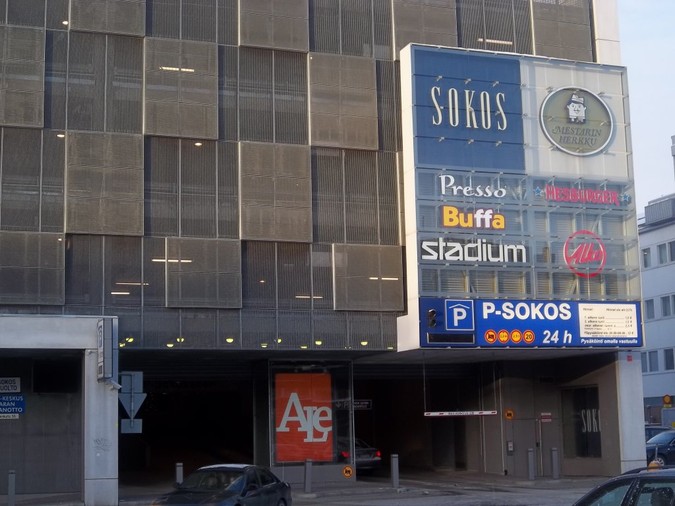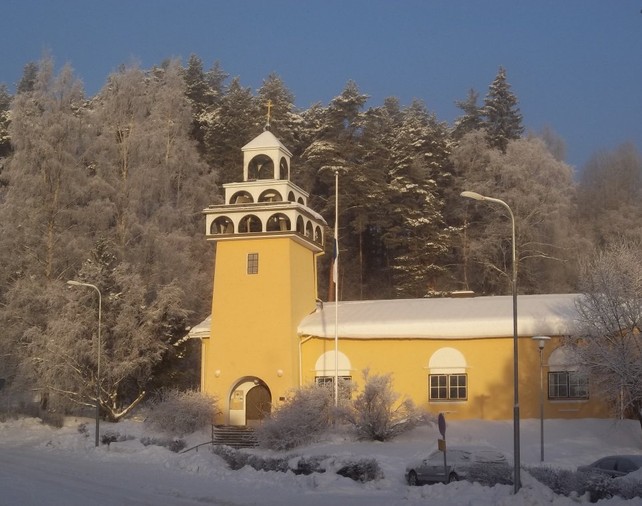After a harrowing 24-hour transcontinental journey and a week to recover, I'm back stateside and in Camarillo. I'm drinking a can of root beer, and marveling at the fact that, for some reason, such a delicious beverage has avoided making its way overseas (or at least into Finland).
Today, I'm going to introduce you to life in the Finnish city. Specifically, life in Jyväskylä. Mostly because I have a ton of unused pictures from the city, and I was finally able to get some good daytime shots, and I want to use them.
Ranking as the 7th-largest municipality in Finland by population, Jyväskylä is a modestly large city with over 130,000 residents. I spent most of my time within a few blocks of the city center which is home to a series of pedestrian-only streets and a number of shops. Walking (or biking) from the apartment to the city center was a lesson in cultural
Parking: a valuable commodity.🔗
differences. The streets, while straight, were difficult to navigate by car but lent themselves very naturally to somebody on foot or on a bike. Walking down any street within 5 blocks of the city center, you're surrounded by 4-5 story tall buildings, all of which have their first story given over entirely to businesses and shops. It's a marked difference from here in the U.S., where cars are a given and nobody walks anywhere. In the span a little over half a mile, I'd walk past small electronics stores, realtors offices, specialty food shops, little restaurants, pubs, bike stores, and all kinds of other little things I didn't take the time to recognize. And that's just the obvious, well-indicated stuff. There are all kinds of other little things hidden away behind a door, or on the second story that are harder to see. Dusty classrooms where music is taught, Chinese buffets that couldn't land a coveted first-story lease, tiny game development studios. I think that I could walk three square blocks of that city every day for a year and still not discover everything.
The other curious thing is the people everywhere. Think of the average street in an American town around, say lunchtime, or rush hour when people are going home. Now, imagine that every car is carrying anywhere from 1 to 5 people. Now, take all those people out of their cars, and put them on sidewalks, on foot or on bicycles. What you've got now is the average Jyväskylä sidewalk. It's a strangely reassuring phenomenon. Even though I'm in a foreign country, seeing people walking about doing normal, everyday things is very comforting. It's like this all throughout the day, from early morning to late at night. People go to work in the morning, or come home from a night on the town with friends at night.
Pictured: dense metropolis.🔗
But that's not to say that there are people everywhere. Nor are there buildings everywhere. If one day, the Finns decided to pack up, leave their cities and stop cultivating the natural environment, it's estimated that nature would reclaim the cities in as little as fifty years. The church pictured to the left was right across the street from the apartment I stayed in, which was only a few blocks away from the city center. The Finns have to actively fight nature to carve out new city blocks, and the city itself was surrounded by no less than three lakes. Possibly more!
In closing, here are a few shots I don't really have enough material to build an entire post around, but are still tangentially related to the topic at hand: city life.[gallery ids="374,376,378,383,382"]

